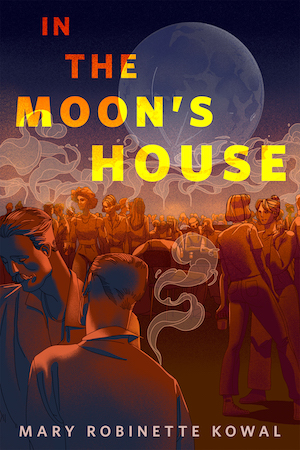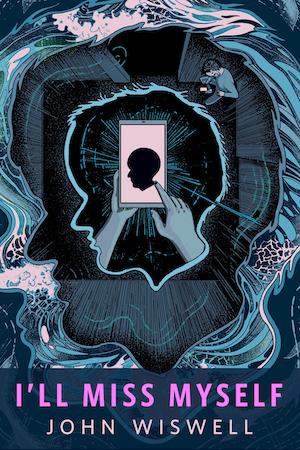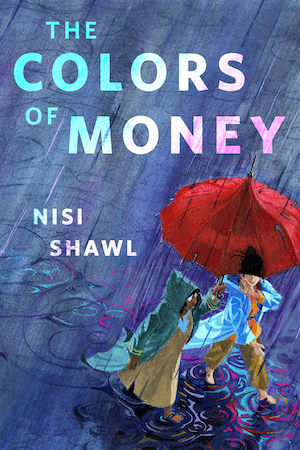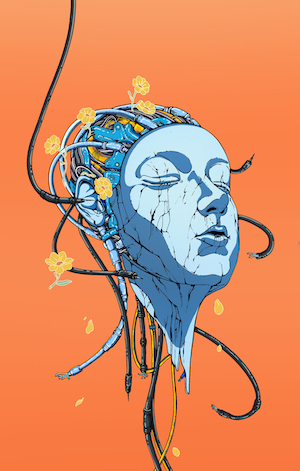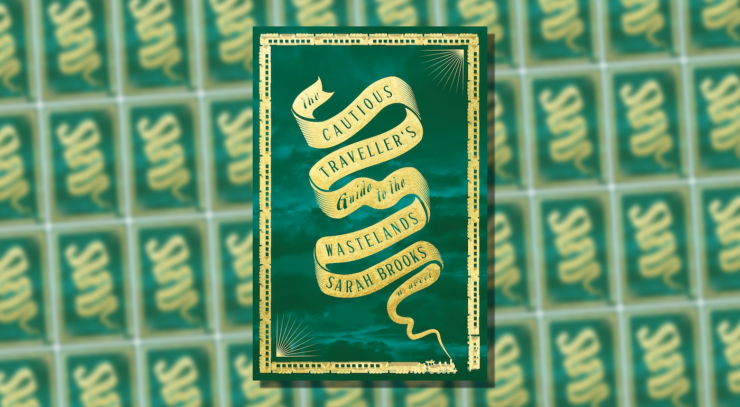1899, Beijing.
The shortest way to cross the Siberian tundra from China to Russia is via the Trans-Siberian Express, which makes a three thousand mile, fifteen day journey to Moscow, traversing the Great Siberian Wastelands, “spaces so vast and unkind and stories so inimical to our sense of all that is decent and human and good.” The train is a “monument to the ingenuity of man and to his ceaseless striving for mastery over the earth.” At twenty carriages long, and as tall as the gates of a cathedral, it is “‘”a moving fortress of iron and armour… a miracle of engineering that lets us traverse once more these barely imaginable distances.”
The Cautious Traveller’s Guide to the Wastelands by Sarah Brooks is set almost entirely on this train as it makes a journey that has “turned into a story before it has even begun”. Told from the perspective of three major characters, this is an intelligent, sensitive historical fantasy with elements of steampunk and eco-fiction.
A woman who goes by the assumed identity of Marya Petrovna is aboard the train under false pretenses, alone and hiding who she really is so that she can gain insight into her father’s death. “Nothing outside can get in, nothing inside can harm us,” Marya tells herself, though it was her father’s glasswork that was blamed for a potential breach in the train’s last journey, when something strange happened—something that no one on the train remembers. Every passenger has a blank space in their minds, an emptiness that bears no memory of a portion of the trip. Marya’s father, the train’s official glassmaker, came back a changed man, and now Marya is determined to find out who is really to blame for her father’s strange death.
Also on the train is Henry Grey, a disgraced naturalist wanting to prove himself, adamant that he find and catalogue as much of the strange Wastelands life as possible—even if it means breaking the train’s strictest rules. He imagines the Wastelands to be a “New Eden,” but his desire to study the fantastical, surreal Siberian tundra landscape stems not from a true love for nature, but a hunger to have ownership of new findings, of previously uncharted territory.
Buy the Book
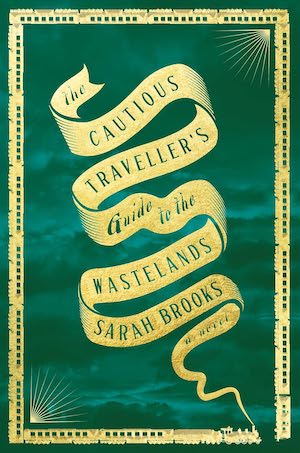

The Cautious Traveller’s Guide to the Wastelands
Brooks’ third POV character is Zhang Weiwei, a child of the train, born to a passenger who died in childbirth sixteen years ago. Weiwei has been raised by the train staff; they are the only family she has ever known. The train is her entire world. She’s made this trip across Siberia dozens of times in her young life, and knows all the train’s secrets, but she has never before encountered a stowaway like Elena, a “not quite girl” who has an unexpected connection to the Wastelands.
You’d think Elena was the wild card here, but each of the novel’s main characters turn out to be exactly that—crucial, secretive, a little unpredictable yet able to pivot and thrust the narrative further.
The Wastelands themselves are as much of a character as any person in the book. The landscape has become unfit for human habitation and walls have been built at either end to keep the Wastelands separate from Russia and China. There are longer, safer ways to get between Moscow and Beijing, but the Company (a corporation created by both China and Russia) has dedicated itself to providing the safest shortest route via the Trans-Siberian Express. While the train has been built to withstand all the strangeness of the Wastelands, it also provides luxury and adventure to its elite first class clientele, but just basic safety to its third class passengers. That there is no second class at all reminds us of the economic disparities that existed in society—then and now.
The train too is a character, an ecosystem of its own. A purpose built armoured vehicle, the likes of which has never been seen before and developed to travel over specially laid tracks that many lost their lives putting down, it is an insular complete microcosm of its own. Water, air, food—everything is managed onboard. It is only under extreme duress that the train may stop along its journey—something the Captain will do anything to avoid, if she can.
The Cautious Traveller’s Guide has the atmospheric tension of a locked room mystery, since most of the story takes place in the sealed off train. We see the Wastelands as the passengers do—via the windows, via the stories read in guide books and via the experience of the train’s staff, especially Weiwei, who knows no other life or world. But something has changed—or has perhaps been changing slowly—as the train has made its repeated journeys through the Wastelands. The iron and glass of the train aren’t as impenetrable as they once seemed: Where previously the passengers were kept mostly safe from the “Wasteland sickness,” which can cause hallucinations, depression, or temporary madness, it now seems that the outside is capable of creeping in. Weiwei can see a “metallic sheen forming, iridescent greens and silvers, as if part of the metal of the wall, but growing pulsing in time with the roar of the engine, with the rhythm of the rails,” just as much as she can “‘”feel the train and the earth and the earth and the train, all connected. She can feel the humming in her bones becoming a roar.”
Brooks is able to maintain both mystery and magic, with deftly woven strands connecting the main characters’s stories, and that of the train itself. This isn’t just a story about a trip from one city to another, not just about a trip across dangerous physical territories, but a journey within: These characters must figure out who they are, what they want and what they would give up for a greater cause… and what that cause may be.
In the 17th Century, Greater Siberia was colonised by Tsarist Russia, with much of its natural resources and indigenous people exploited for modern capitalism. Even now, the exploitation of Siberia continues by both Russia and China, whether it be the felling of forests, or the existence of closed secret cities set up to continuously mine and process uranium and plutonium. Brooks is sensitive to the historical exploitation of Siberia, and of the long term consequences of environmental damage that came with this; the Wastelands in the novel have become what they are because of the changes humans have caused, and they continue to change because of the train that travels through them again and again, because the Company keeps doing what it must to succeed financially, at any cost to the environment.
Capitalism is at the root cause of all this, as well as greed and the human desire to know and own and take from nature what was never theirs to take. The horror in The Cautious Traveller’s Guide is more than what may threaten the train from the outside: It is what has been done to the outside, what continues to be done as the Company plunders and places profit over people. Brooks examines capitalist society’s impact on the environment, the industrial revolution’s impact on both society and nature, the potential of sustainable travel as a way for humans to exist in harmony with their surroundings, as well as the impact that true friendship and empathy can have on us as a community.
The writing itself is melodious; poetic without being purple. It is fairly heavy on the descriptions, but never feels like an info dump, which is an achievement in itself, especially for a novel concerned with multiple large ideas. The Cautious Traveller’s Guide to the Wastelands feels very immersive; we are on that train and in that world fully, constantly, empathetically. As much as Brooks is able to remind us that human civilization and nature are permanently intertwined, always evolving together in both good ways and bad, she is also able to leave us with a sense of hope that perhaps we will be able to find a symbiotic way forward.
The Cautious Traveller’s Guide to the Wastelands is published by Flatiron Books.


